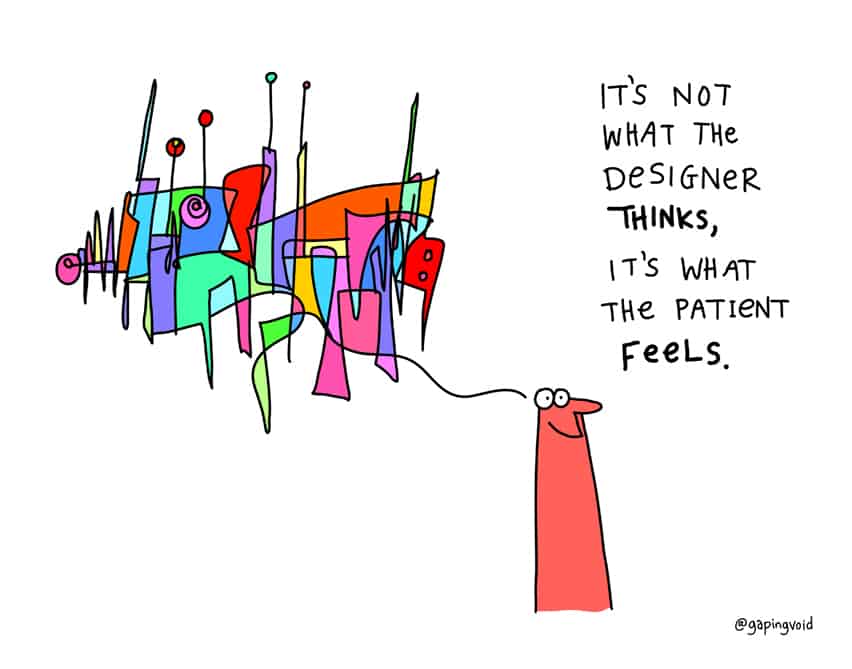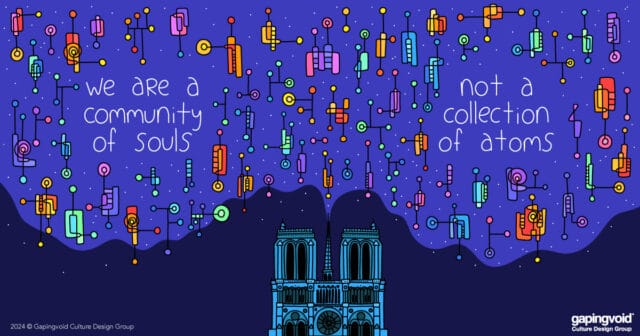Do you design based on how a patient feels?
By Jon Mertz
Maya Angelou, author and poet, said, “I’ve learned that people will forget what you said, people will forget what you did, but people will never forget how you made them feel.” In many ways, design thinking empowers this statement with a simple addition – people will act upon what they feel.When we feel heard, we are more engaged in what to do next. Taking meaningful action fosters positive change for an individual, care providers, and the system that encircleshealthcare. In healthcare, we all play a role in its design.
Design thinking is empathy in action. Listening intently to a patient, individual, and family is essential. More than this, experiencing what a patient feels in their current situation helpscare providers, architects, and IT analysts design better process, better facilities, and better technology.
It is no different for vendors who want to make a difference in healthcare. Vendors and other supporting partners play a key role, too.
Healthcare is surrounded by change today. Changes include:
- New value-based payment models
- New electronic health records
- New health data exchanges
- New personal health tracking apps and devices
What remains unchanged is the patient in the middle. Within the change, we cannot forget the human element of healthcare.
The challenge for us is simply this:
- Understand how people feel
- Incorporate these emotions into the design
- Design for compelling action
You can own this piece here





This is so true